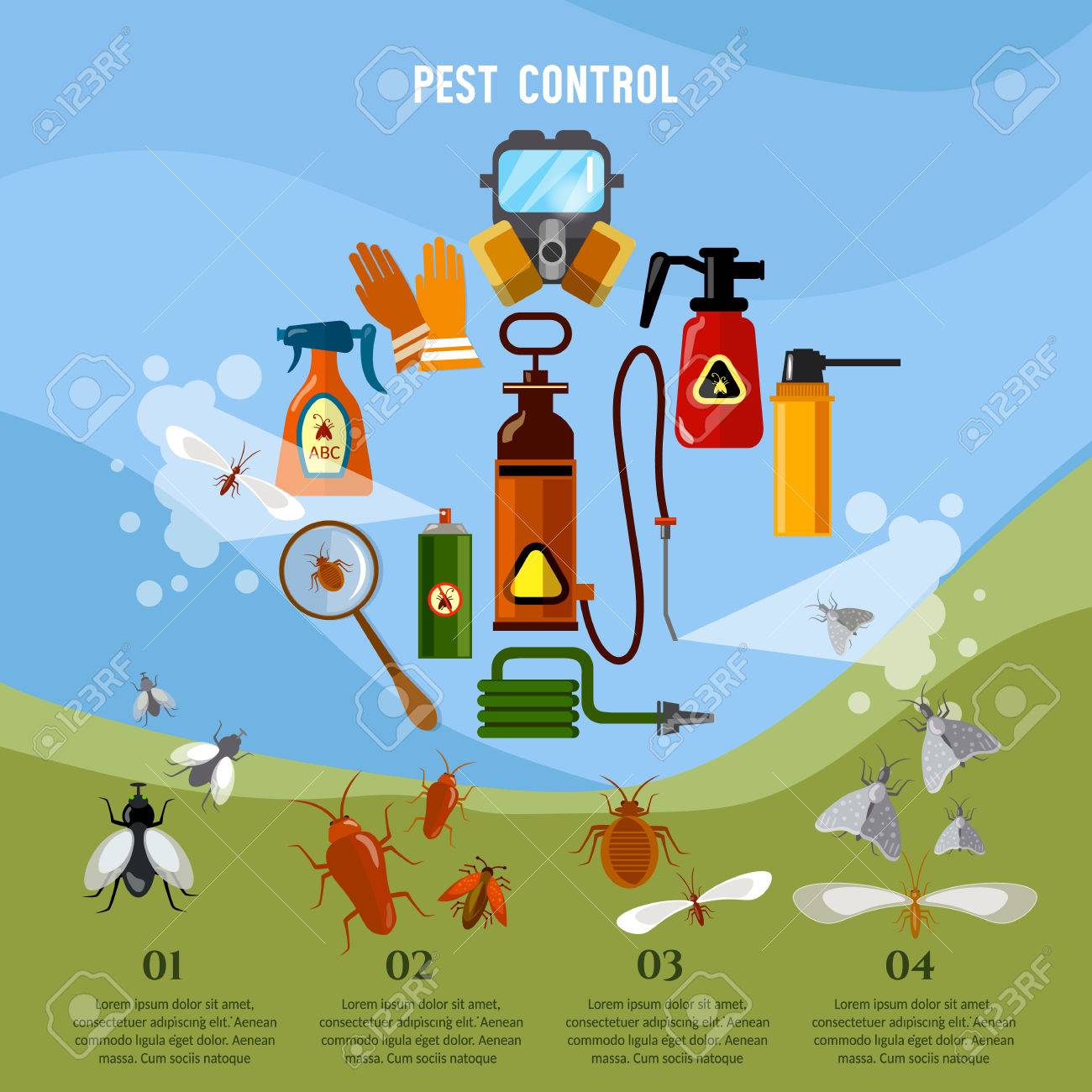Discover Crucial Techniques For Securing Your House From Rats In The Attic Room
Discover Crucial Techniques For Securing Your House From Rats In The Attic Room
Blog Article
Composed By- preferred pest control as a cozy Airbnb for rats, with insulation as fluffy as resort pillows and electrical wiring more tempting than area service. Currently, imagine these unwanted guests throwing a wild party in your house while you're away. As a house owner, ensuring your attic is rodent-proof is not almost assurance; it has to do with safeguarding your building and enjoyed ones. So, what straightforward actions can you require to safeguard your refuge from these hairy trespassers?
Inspect for Access Details
To begin rodent-proofing your attic, evaluate for entry points. Begin by meticulously taking a look at the outside of your home, trying to find any type of openings that rodents can use to get to your attic room. Look for gaps around energy lines, vents, and pipes, as well as any type of fractures or openings in the structure or house siding. See to it to pay attention to locations where different building materials satisfy, as these prevail access points for rats.
Furthermore, examine the roofing system for any type of damaged or missing shingles, along with any type of spaces around the sides where rodents might squeeze with. Inside the attic, seek indications of existing rodent activity such as droppings, chewed cords, or nesting products. Make use of a flashlight to extensively examine dark corners and hidden areas.
Seal Cracks and Gaps
Examine your attic completely for any splits and gaps that need to be secured to stop rats from going into. Rats can press through also the smallest openings, so it's important to seal any type of prospective access factors. Examine around pipes, vents, cords, and where the wall surfaces meet the roof. Utilize a combination of steel woollen and caulking to seal off these openings successfully. Steel woollen is a superb deterrent as rodents can't chew via it. Ensure that all voids are snugly sealed to deny accessibility to unwanted parasites.
Do not ignore the value of securing voids around doors and windows too. Usage climate stripping or door moves to secure these areas effectively. Check the areas where energy lines go into the attic room and secure them off using an appropriate sealer. By making the effort to secure all fractures and gaps in your attic room, you produce an obstacle that rodents will discover challenging to violation. Avoidance is type in rodent-proofing your attic room, so be extensive in your initiatives to seal any possible entry points.
Eliminate Food Resources
Take aggressive measures to get rid of or keep all potential food resources in your attic to discourage rodents from infesting the space. Rodents are brought in to food, so eliminating their food sources is essential in maintaining them out of your attic.
Below's what you can do:
1. ** Store food securely **: Stay clear of leaving any kind of food things in the attic room. Store all food in closed containers made of steel or durable plastic to stop rodents from accessing them.
2. ** Clean up particles **: Eliminate any kind of stacks of particles, such as old papers, cardboard boxes, or wood scraps, that rodents could make use of as nesting product or food sources. Maintain click the up coming website -free to make it less appealing to rodents.
3. ** Dispose of waste effectively **: If you use your attic for storage space and have garbage or waste up there, make sure to deal with it consistently and properly. Rotting garbage can attract rats, so keep the attic room clean and without any type of natural waste.
Conclusion
In conclusion, bear in mind that an ounce of prevention is worth a pound of cure when it comes to rodent-proofing your attic room.
By taking the time to evaluate for access points, seal cracks and voids, and eliminate food resources, you can maintain undesirable parasites at bay.
Bear in mind, 'An ounce of avoidance deserves a pound of cure' - Benjamin Franklin.
Keep positive and secure your home from rodent infestations.
